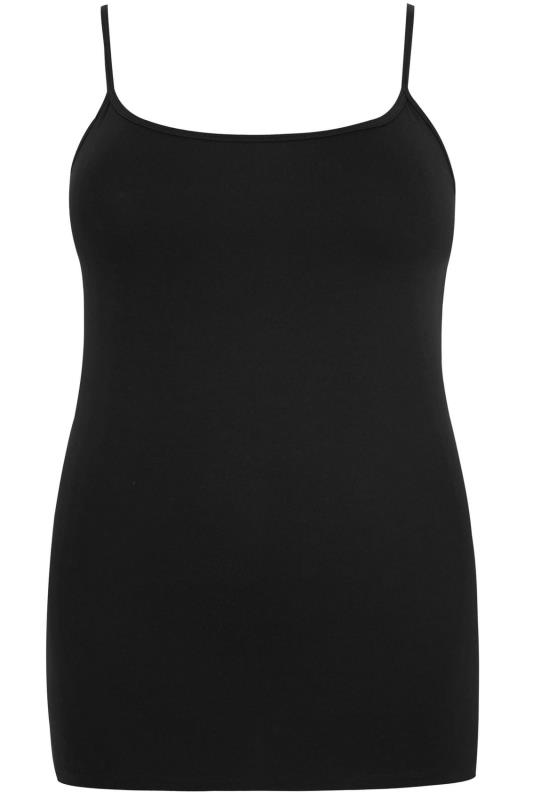Table of Content

In the United States federal law does not dictate any container requirements for cremation. Certain states require an opaque or non-transparent container for all cremations. Another option is a cardboard box that fits inside a wooden shell, which is designed to look like a traditional casket.

Recently, these strictures have eased, less interpret Scripture literally and more and more churches have established columbaria or memorial gardens within their precincts for the reception of the ashes by the faithful. Traditionally, Zoroastrianism disavows cremation or burial to preclude pollution of fire or earth. The traditional method of corpse disposal is through ritual exposure in a "Tower of Silence", but both burial and cremation are increasingly popular alternatives.
EILEEN FISHER Black Merino Wool Zip Front Cardigan Sweater w/Shawl Collar Sz XL
Her perfect draping of chiffon, silk, and Moroccan crêpe created a marvelously poised and sensual effect. The unparalleled success of Vionnet's cuts guaranteed her reputation right up to her retirement in 1939. Throughout the early decades of the 20th century, high fashion originated in Paris and, to a lesser extent, London. Fashion magazines from other countries sent editors to the Paris fashion shows.

An outsider in the French Court, Marie Antoinette relied on Bertin's meticulous designs to help her "combat her enemies with style". And by the early 19th century, designers such as Ann Margaret Lanchester and Mary Ann Bell were expanding their businesses, and publishing their own designs in fashion magazines. A number of promising newcomers entered the fashion scene in the 1980s., an extraordinary technician who once worked for Patou, bewitched both the press and his customers with his 'handkerchief' dresses. Made of squares of fabric, they transpired, when you came to put them on, to be far more complicated than at first appeared. Many a Parisian soirée of the 1980s was enlivened by his dresses, all in a fluid and original style, in which cutting and sewing were kept to a minimum.
Light Brown Girl in Pink and Green Dress
Hinduism obliges the closest male relative (son, grandson, etc.) of the deceased to immerse the cremated remains in the holy river Ganges, preferably at one of the holy cities Triveni Sangam, Allahabad, Varanasi, or Haridwar in India. In southern India, the ashes are immersed in the river Kaveri at Paschima vahini in Srirangapattana at a stretch where the river flows from east to west, depicting the life of a human being from sunrise to sunset. In Japan and Taiwan, the remaining bone fragments are given to the family and are used in a burial ritual before final interment. Cremated remains may also be incorporated, with urn and cement, into part of an artificial reef, or they can also be mixed into paint and made into a portrait of the deceased.
In contrast to the stylish, liberated Parisienne, the Vichy regime promoted the model of the wife and mother—a robust, athletic young woman—a figure much more consistent with the new regime's political agenda. Meanwhile, Germany was taking possession of over half of what France produced, including high fashion, and was considering relocating French haute couture to Berlin and Vienna. The archives of the Chambre Syndicale de la Couture were seized, including, most consequentially, the client list.
Evan Picone Black Blouson Dress 3/4 Sleeve Pullover Stretch
Acquiring celebrity status on the New York scene, his particular talent was in reconciling the made-to-measure garment for the special occasion with concepts of comfort, naturalness, and relaxation. With his kaftans, shirtwaisters, djellabas, ultra-lightweight shift dresses, and tunics worn over shorts and wide-legged pants, he was an icon of the era, and a regular visitor at the VIP room of the Studio 54 after its opening in 1977. Two notable and influential designers in the 1960s were Emilio Pucci and Paco Rabanne. Emilio Pucci's sportswear designs and prints inspired by Op art, psychedelia, and medieval heraldic banners earned him a reputation that extended far beyond the circles of high society.
In the course of the 1970s, as a result of its ready-to-wear industry, Milan confirmed its status as second only to Paris as a center of international fashion. The 'alta moda' preferred Rome, the base of the couturiers Valentino, Capucci, and Schön. Capitalizing on the dominant trend of anti-fashion Italy offered a glamor that had nothing to do with the dictates of Parisian haute couture. While profiting from a clearly defined style, Italian fashion was luxurious and easy to wear. The two most influential Italian fashion designers of the time were probably Giorgio Armani and Nino Cerruti. From the outset, the line was dynamic, urban, and understated, androgynous in inspiration.
As well as the styling of the product, its promotion in the media became crucial to its success and image. The financial pressures of the decade had a devastating effect on the development of new talent and lessened the autonomy enjoyed by more established designers. Japanese designers such as Rei Kawakubo and Yohji Yamamoto offered a look that marked a total break with the prevailing fashion image of the time. Flat shoes, no make-up, reserve, modesty, and secrecy were the hallmarks of this modern look. Eventually, it began to include details from the fashions of the past, as Europe's ancient sites were revisited by these anarchists of fashion, whose influence on the shape of clothes, at the end of the 20th-century, became legendary. Mainbocher, the first American designer to live and work in Paris, was also influential, with his plain yet supremely elegant designs, often employing the bias cut pioneered by Vionnet.

Large items such as titanium hip replacements or casket hinges are usually removed before processing, as they may damage the processor. After the remains are processed, smaller bits of metal such as tooth fillings, and rings are sieved out and may be later interred in common, consecrated ground in a remote area of the cemetery. The ash remaining represents very roughly 3.5% of the body's original mass (2.5% in children). Because the weight of dry bone fragments is so closely connected to skeletal mass, their weight varies greatly from person to person. Because many changes in body composition do not affect the weight of cremated remains, the weight of the remains can be more closely predicted from the person's height and sex , than it can be predicted from the person's simple weight.